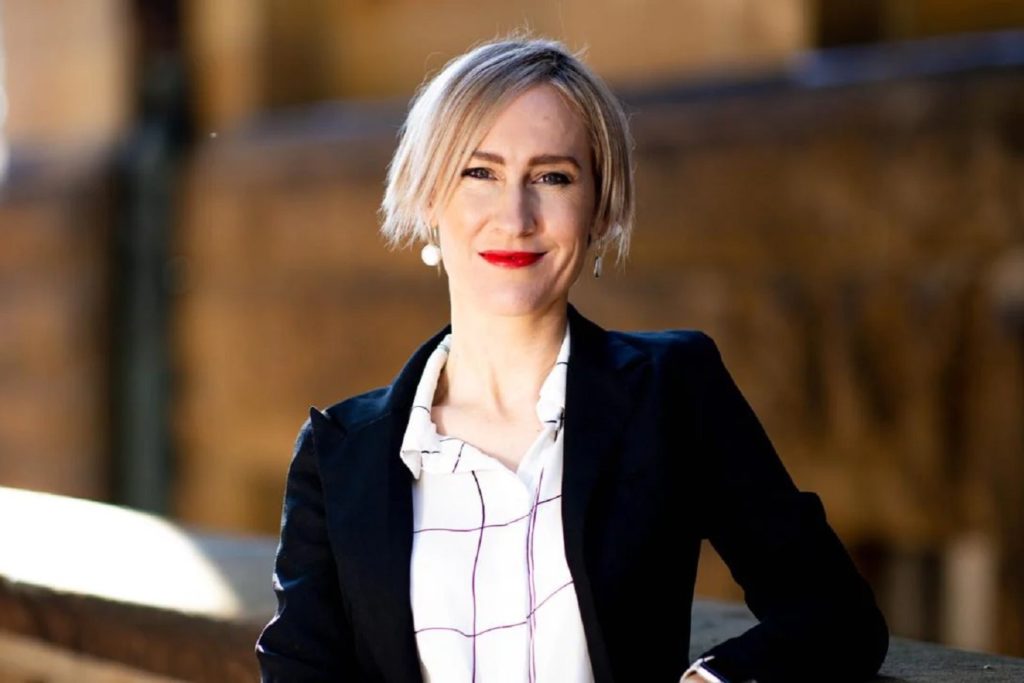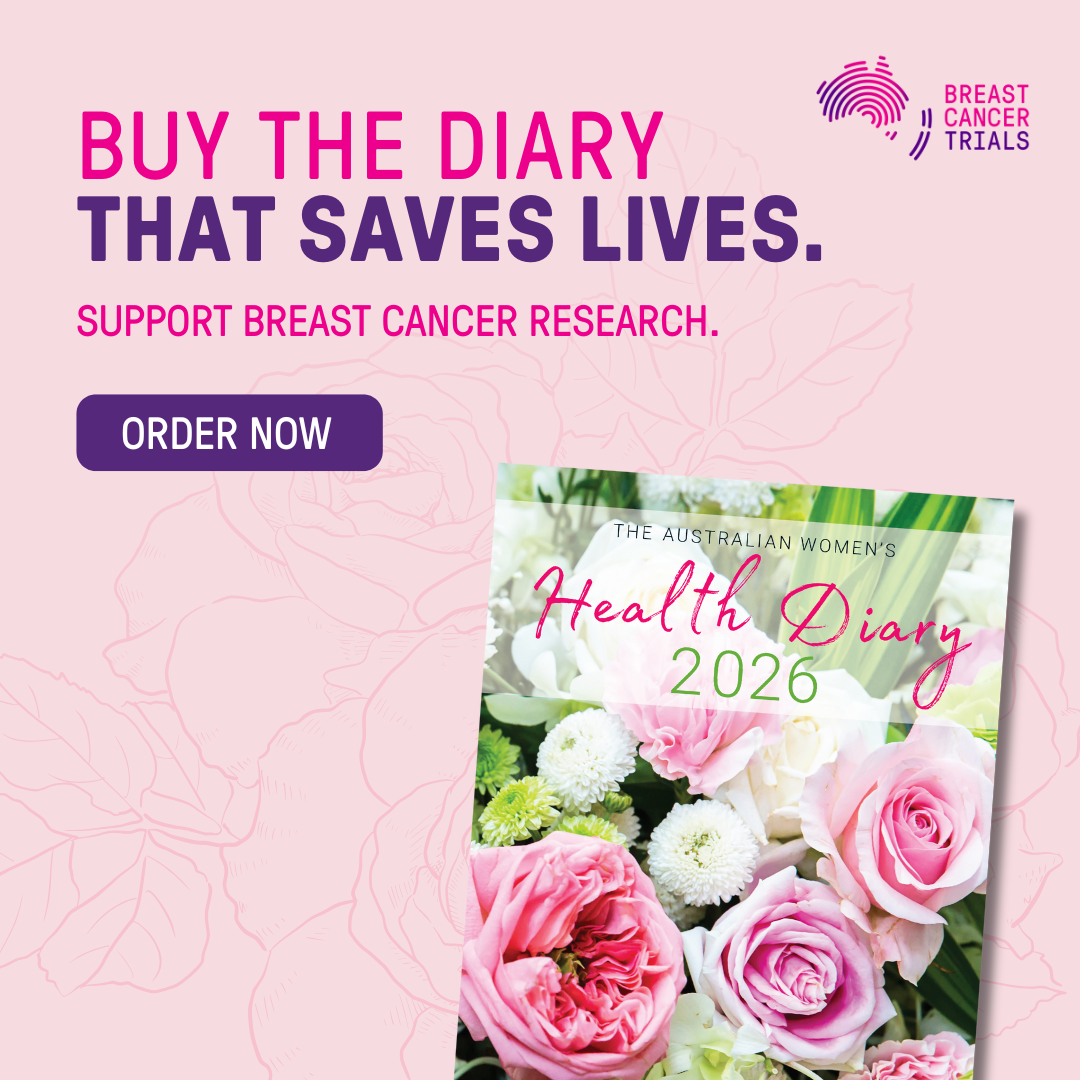Partner emotional abuse is affecting an estimated 2.2 million Australian women, according to new Personal Safety Survey data released by the Australian Bureau of Statistics (ABS).
The bureau defines emotional abuse – also known as ‘coercive control’- as occurring when a person is subjected to certain behaviours or actions that are aimed at preventing or controlling their behaviour, causing them emotional harm or fear.
The ABS data reveals that 1.4 million Australian men are also affected, bringing the total number of people having experienced partner emotional abuse to 3.6 million.
The numbers show that women are more often affected by partner emotional abuse. CEO of Full Stop Australia, Hayley Foster says, “The biggest correlating factor to someone perpetrating abuse is gender, with 95 per cent of people who experience violence naming a male perpetrator.”
Full Stop Australia is an organisation supporting people affected by sexual, domestic or family violence and working to prevent violence by changing attitudes and behaviors and improving gender equality.
Foster says the newly released data from the ABS reinforces the need to not only tackle problematic violence-supportive attitudes in the community but also to address systematic discrimination and inequality to reduce rates of partner abuse across the country.
ABS’s analysis identified that people more likely to experience partner emotional abuse are single parents, people with intellectual or psychological disability and those experiencing financial stress.
Shocking but not surprising is how Foster describes these analysis findings.
“We know that people who are impacted by multiple forms of discrimination are at greater risk, particulary for those who are financially dependent,” she says.
The analysis also found that one in four women and one in six men identify that they have experienced partner emotional abuse since the age of 15. Over half of women and a quarter of men who report experiencing partner emotional abuse also report experiencing physical and/or sexual violence by a partner.
This physical and/or sexual violence can arise from a power imbalance and Foster says, “Intimate partner abuse involves an abuse of power, and so we need to address those power inequalities within relationships if we want to put a full stop to domestic, family and sexual violence.”
Within emotionally abusive relationships, the data reveals that those who experienced abuse or witnessed parental violence as a child were twice as likely than those who did not to experience partner emotional abuse as an adult.
While the experiences of victims of partner emotional abuse are crucial to address, Foster reminds us that it’s equally necessary to consider what makes someone a perpetrator of abuse.
“The risk with focusing on the characteristics and circumstances of the victim of abuse is that we consciously or subconsciously blame them or explain away the abuse,” says Foster.
If you or someone you know needs help or advice, call 1800RESPECT on 1800 737 732 or visit 1800RESPECT.org.au. If you need help immediately, please call 000.


